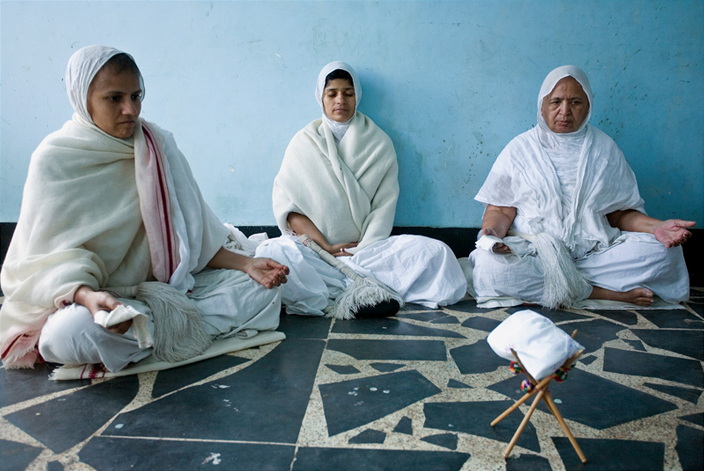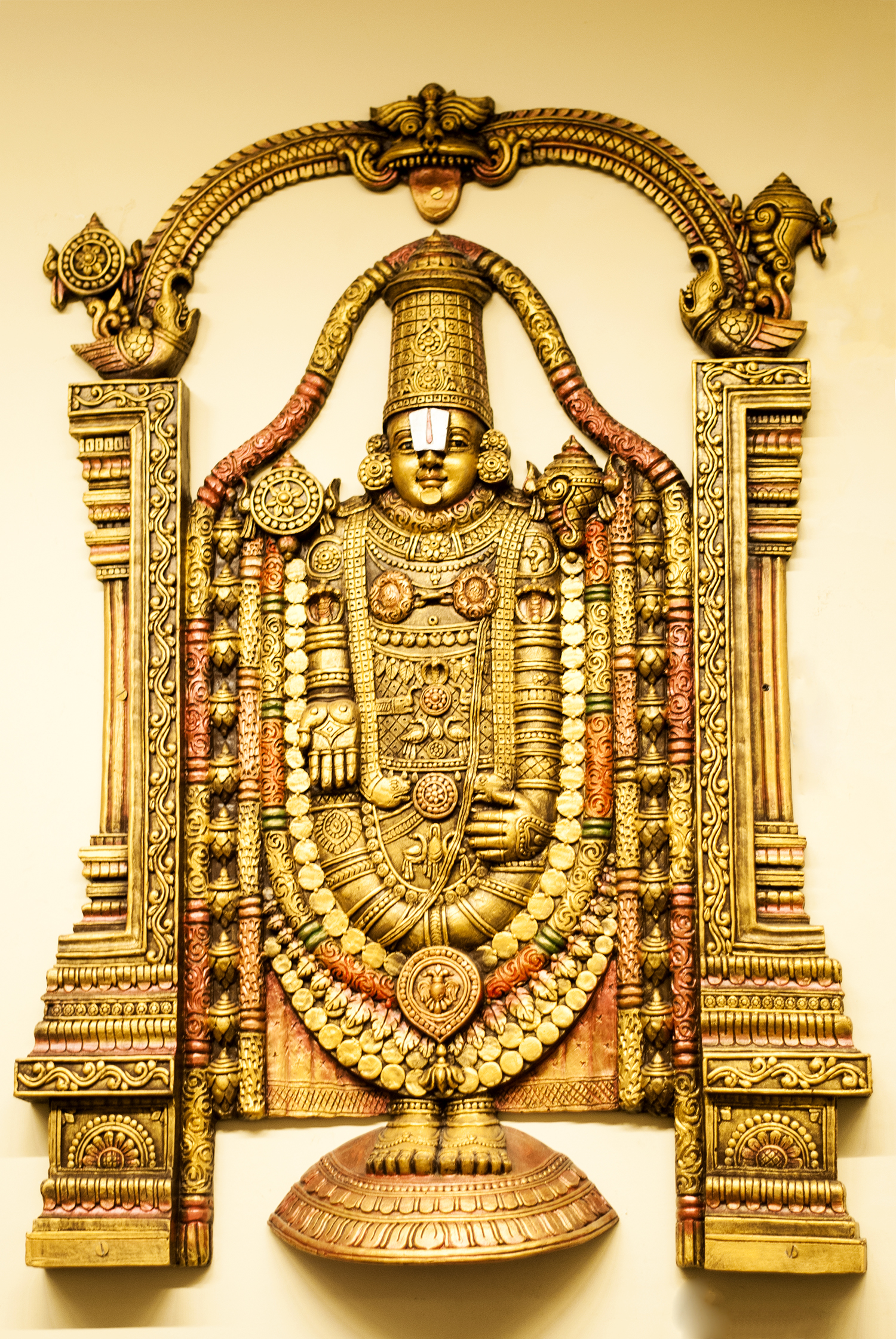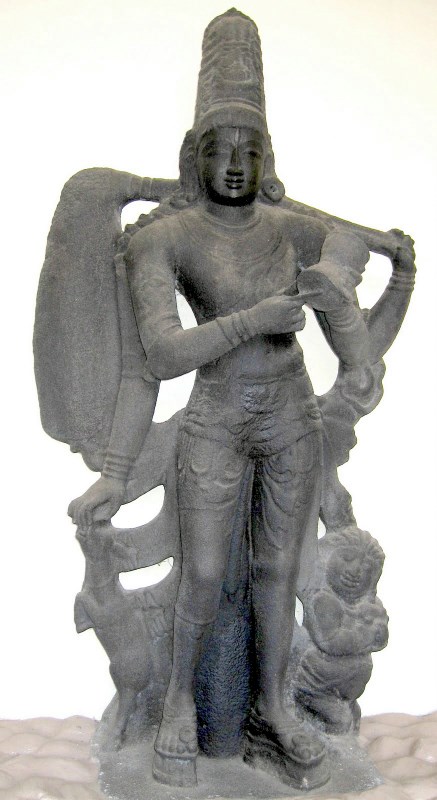|
Sri Yoga Rama Temple
Sri Yoga Ramaswamy Temple, Nedumgunam is a Hindu temple in Nedumgunam, Chettupattu, dedicated to the god Rama. This temple has inscriptions of Rajaraja II. Rama is believed to have appeared to Sage Shuka and the Alvars at the temple's site. The temple is classified one among the 108 Abhimana Kshethram of Vaishnavate tradition. Six daily rituals and a dozen yearly festivals are held there, of which the chariot festival, celebrated during the Tamil month of ''Chittirai'' (March–April), is the most prominent. The temple is open from 6 am to 7:30 pm. It is maintained and administered by the Hindu Religious and Endowment Board of the Government of Tamil Nadu. Legend Once the sage Shuka wanted to view the ''darshan'' of the god Rama. He performed severe penance towards Rama. Pleased, Rama appeared to Shuka. Shuka gave a set of sacred palm leaves and told Hanuman to read them. While reading the divine sacred hymns in the palm leaves, Rama understands that it is the Brahma sutr ... [...More Info...] [...Related Items...] OR: [Wikipedia] [Google] [Baidu] |
India
India, officially the Republic of India, is a country in South Asia. It is the List of countries and dependencies by area, seventh-largest country by area; the List of countries by population (United Nations), most populous country since 2023; and, since its independence in 1947, the world's most populous democracy. Bounded by the Indian Ocean on the south, the Arabian Sea on the southwest, and the Bay of Bengal on the southeast, it shares land borders with Pakistan to the west; China, Nepal, and Bhutan to the north; and Bangladesh and Myanmar to the east. In the Indian Ocean, India is near Sri Lanka and the Maldives; its Andaman and Nicobar Islands share a maritime border with Thailand, Myanmar, and Indonesia. Modern humans arrived on the Indian subcontinent from Africa no later than 55,000 years ago., "Y-Chromosome and Mt-DNA data support the colonization of South Asia by modern humans originating in Africa. ... Coalescence dates for most non-European populations averag ... [...More Info...] [...Related Items...] OR: [Wikipedia] [Google] [Baidu] |
Tapas (Indian Religions)
Tapas (Sanskrit: तपस्, romanized: tapas) is a variety of austere spiritual meditation practices in Indian religions. In Jainism, it means asceticism (austerities, body mortification); in Buddhism, it denotes spiritual practices including meditation and self-discipline; and in the different traditions within Hinduism it means a spectrum of practices ranging from asceticism, 'inner cleansing' to self-discipline by meditation practices. The ''Tapas'' practice often involves solitude and is a part of monastic practices that are believed to be a means to moksha (liberation, salvation). In the Vedas literature of Hinduism, fusion words based on ''tapas'' are widely used to expound several spiritual concepts that develop through heat or inner energy, such as meditation, any process to reach special observations and insights, the spiritual ecstasy of a yogin or ''Tāpasa'' (a vṛddhi derivative meaning "a practitioner of austerities, an ascetic"), even warmth of sexual inti ... [...More Info...] [...Related Items...] OR: [Wikipedia] [Google] [Baidu] |
Krishna
Krishna (; Sanskrit language, Sanskrit: कृष्ण, ) is a major deity in Hinduism. He is worshipped as the eighth avatar of Vishnu and also as the Supreme God (Hinduism), Supreme God in his own right. He is the god of protection, compassion, tenderness, and love; and is widely revered among Hindu divinities. Krishna's birthday is celebrated every year by Hindus on Krishna Janmashtami according to the lunisolar calendar, lunisolar Hindu calendar, which falls in late August or early September of the Gregorian calendar. The anecdotes and narratives of Krishna's life are generally titled as ''Krishna Līlā''. He is a central figure in the ''Mahabharata'', the ''Bhagavata Purana'', the ''Brahma Vaivarta Purana,'' and the ''Bhagavad Gita'', and is mentioned in many Hindu philosophy, Hindu philosophical, Hindu theology, theological, and Hindu mythology, mythological texts. They portray him in various perspectives: as a god-child, a prankster, a model lover, a divine hero, ... [...More Info...] [...Related Items...] OR: [Wikipedia] [Google] [Baidu] |
Venkateshwara
Venkateswara (, ), also known as Venkatachalapati, Venkata, Balaji and Srinivasa, is a Hindu deity, described as a form or avatar of the god Vishnu. He is the presiding deity of Venkateswara Temple, Tirupati. His consorts, Padmavati and Bhudevi, are avatars of the goddess Lakshmi, the consort of Vishnu. Etymology and other names Venkateswara literally means "Lord of Venkata". The word is a combination of the words ''Venkata'' (the name of a hill in Andhra Pradesh) and ''iśvara'' ("Lord"). According to the '' Brahmanda'' and '' Bhavishyottara'' Puranas, the word "Venkata" means "destroyer of sins", deriving from the Sanskrit words ''vem'' (sins) and ''kata'' (power of immunity). Venkateswara is known by many names such as Srinivasa (''in whom Lakshmi dwells''), Narayana (''The Primordial One''), Perumal (''the great lord''), Malayappa (''the lord of the Hill'') and Govinda (Protector of Cows). In Tamil, he is commonly called "Elumalayan", meaning Lord of Seven Hills. In Tel ... [...More Info...] [...Related Items...] OR: [Wikipedia] [Google] [Baidu] |
Vaikhanasa
Vaikhanasa () or Vaikhanasagama () is a tradition of Hinduism that primarily worships Vishnu (and his associated avatars) as the Supreme God. The tradition draws its name from the philosophy propounded by its founder, Sage Vikhanasa. Vaikhanasa is classified as a Vaishnava Agama, concerned with the performance of practices such as temple rituals. Its adherents are primarily the Brahmins who belong to the school of the Krishna Yajurveda Taittiriya Shakha and the Vaikhanasa Kalpasutra. It is principally monotheistic in its philosophy, whilst also incorporating elements that could be described as being panentheistic. Like the Pancharatra, it is well established in South India. History The Vaikhanasas originated as a group of forest-dwelling ascetics. In the Manava Dharmashastra, the legendary Manu discusses the vanaprastha, forest-dweller, the third of the four ashrama stages of life, and mentions a "Vaikhanasa rule." Other ancient authorities support this reference, so i ... [...More Info...] [...Related Items...] OR: [Wikipedia] [Google] [Baidu] |
Garuda
Garuda (; ; Vedic Sanskrit: , ) is a Hindu deity who is primarily depicted as the mount (''vahana'') of the Hindu god Vishnu. This divine creature is mentioned in the Hindu, Buddhist, and Jain faiths. Garuda is also the half-brother of the Devas, Gandharvas, Daityas, Danavas, Nāgas, Vanara and Yakshas. He is the son of the sage Kashyapa and Vinata. He is the younger brother of Aruna, the charioteer of the Sun. Garuda is mentioned in several other texts such as the Puranas and the Vedas. Garuda is described as the king of the birds and a kite-like figure. He is shown either in a zoomorphic form (a giant bird with partially open wings) or an anthropomorphic form (a man with wings and some ornithic features). Garuda is generally portrayed as a protector with the power to swiftly travel anywhere, ever vigilant and an enemy of every serpent. He is also known as Tarkshya and Vainateya. Garuda is a part of state insignia of India, Indonesia and Thailand. Both Indonesia and ... [...More Info...] [...Related Items...] OR: [Wikipedia] [Google] [Baidu] |
Vishvaksena
Vishvaksena ()Nayar p. 103 or Vishwaksena, is the commander-in-chief of the army of the Hindu deity Vishnu, additionally serving as a gatekeeper and chamberlain of his celestial abode of Vaikuntha. As the embodiment of the tantras, Vishvaksena is worshipped before any ritual or function in the Vaikhanasas and Sri Vaishnavism sects. He occupies an important place in Vaikhanasa and Pancaratra temple traditions, where temple festivals often begin with his worship and procession. Iconography and associations The '' Kurma Purana'' describes Vishvaksena to have been born out of a portion of Vishnu, carrying a conch (shankha), Sudarshana Chakra (discus) and gada (mace) and wearing yellow clothes like his master. The ''Kalika Purana'' describes him as an attendant of Vishnu, who has four arms, and is red and brown in complexion. He seats on a white lotus, has long beard and wears matted hair. He carries a lotus, gada, shanka, and chakra in his hands.Dalal p. 462 The Pancharatra ... [...More Info...] [...Related Items...] OR: [Wikipedia] [Google] [Baidu] |
Mandapa
A ''mandapa'' or ''mantapa'' () is a pillared hall or pavilion for public rituals in Indian architecture, especially featured in Hindu temple architecture and Jain temple architecture. ''Mandapas'' are described as "open" or "closed" depending on whether they have walls. In temples, one or more ''mandapas'' very often lie between the sanctuary and the temple entrance, on the same axis. In a large temple other ''mandapas'' may be placed to the sides, or detached within the temple compound. Temple architecture In the Hindu temple the ''mandapa'' is a porch-like structure through the (''gopuram'') (ornate gateway) and leading to the temple. It is used for religious dancing and music and is part of the basic temple compound. The prayer hall was generally built in front of the temple's '' sanctum sanctorum'' (''garbhagriha''). A large temple would have many ''mandapa''. If a temple has more than one ''mandapa'', each one is allocated for a different function and given a name ... [...More Info...] [...Related Items...] OR: [Wikipedia] [Google] [Baidu] |
Gopura
A ''gopuram'' or ''gopura'' (Tamil language, Tamil: கோபுரம், Telugu language, Telugu: గోపురం, Kannada: ಗೋಪುರ, Malayalam language, Malayalam: ഗോപുരം) is a monumental entrance tower, usually ornate, at the Entrance Hall, entrance of a Hindu temple, in the Dravidian architecture, South Indian architecture of the southern Indian states of Tamil Nadu, Andhra Pradesh, Kerala, Karnataka, and Telangana, and Sri Lanka. In other areas of India they are much more modest, while in Southern Indian temples they are very often by far the highest part of the temple. Ancient and early medieval temples feature smaller ''gopuram'', while in later temples they are a prominent feature of Hindu temple architecture, Hindu Tamil architecture, Dravidian style; in many cases the temple compound was expanded and new larger gopuram built along the new boundary. They are topped by the ''kalasam'', a bulbous stone finial. They function as gateways through the ... [...More Info...] [...Related Items...] OR: [Wikipedia] [Google] [Baidu] |
Krishnadevaraya
Krishnadevaraya (17 January 1471 – 17 October 1529) was emperor of the Vijayanagara Empire from 1509 to 1529 and the third ruler of the Tuluva dynasty. Widely regarded as one of the greatest rulers in Indian history, he presided over the empire at its political and cultural zenith and is remembered as an iconic figure by many Indians. Following the decline of the Delhi Sultanate, he ruled the largest and most powerful empire in India during his time.Keay, John, India: A History, New York: Harper Collins, 2000, p. 302 Krishnadevaraya's reign was marked by military expansion and political consolidation. He became the dominant ruler of the Indian peninsula by defeating the sultans of Bijapur, Golconda, the Bahmani Sultanate, and the Gajapatis of Odisha, making him one of the most powerful Hindu monarchs in Indian history. Major campaigns during his reign included the conquest of the Raichur Doab in 1512, the subjugation of Odisha in 1514, and a decisive victory against ... [...More Info...] [...Related Items...] OR: [Wikipedia] [Google] [Baidu] |
Pallavas
The Pallava dynasty existed from 275 CE to 897 CE, ruling a significant portion of the Deccan, also known as Tondaimandalam. The Pallavas played a crucial role in shaping in particular southern Indian history and heritage. The dynasty rose to prominence after the downfall of the Satavahana Empire, whom they had formerly served as feudatories. The Pallavas became a major southern Indian power during the reign of Mahendravarman I (600–630 CE) and Narasimhavarman I (630–668 CE), and dominated the southern Telugu region and the northern parts of the Tamil region for about 600 years, until the end of the 9th century. Throughout their reign, they remained in constant conflict with both the Chalukyas of Vatapi to the north, and the Tamil kingdoms of Chola and Pandyas to their south. The Pallavas were finally defeated by the Chola ruler Aditya I in the 9th century CE. The Pallavas are most noted for their patronage of Hindu Vaishnava temple architecture, the finest examp ... [...More Info...] [...Related Items...] OR: [Wikipedia] [Google] [Baidu] |
Guru
Guru ( ; International Alphabet of Sanskrit Transliteration, IAST: ''guru'') is a Sanskrit term for a "mentor, guide, expert, or master" of certain knowledge or field. In pan-Indian religions, Indian traditions, a guru is more than a teacher: traditionally, the guru is a reverential figure to the disciple (or ''wikt:शिष्य, shisya'' in Sanskrit, literally ''seeker [of knowledge or truth'']) or student, with the guru serving as a "counsellor, who helps mould values, shares experiential knowledge as much as Knowledge#Hinduism, literal knowledge, an Role model, exemplar in life, an inspirational source and who helps in the spiritual evolution of a student". Whatever language it is written in, Judith Simmer-Brown says that a tantra, tantric spiritual text is often codified in an obscure twilight language so that it cannot be understood by anyone without the verbal explanation of a qualified teacher, the guru. A guru is also one's spiritual guide, who helps one to discover the ... [...More Info...] [...Related Items...] OR: [Wikipedia] [Google] [Baidu] |










